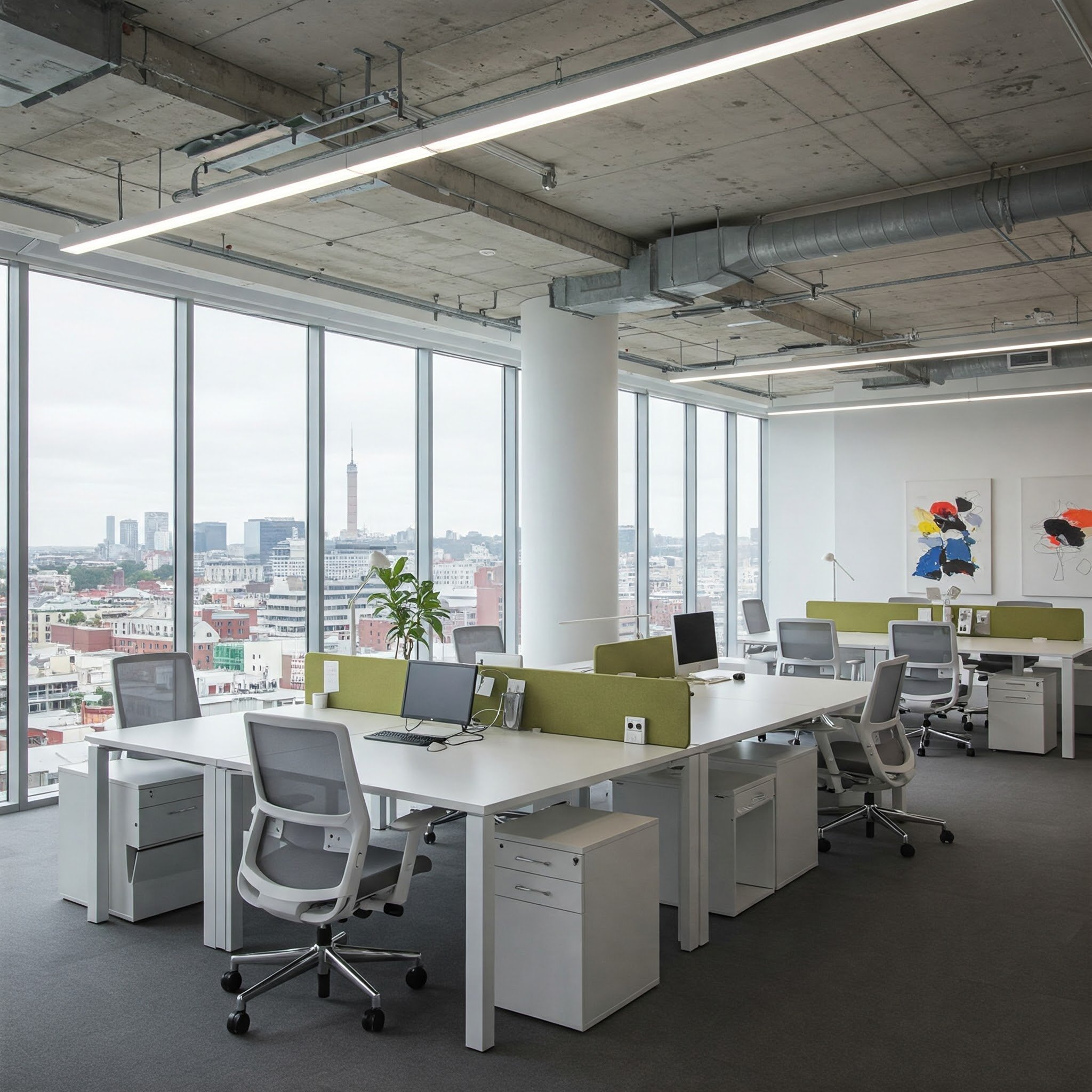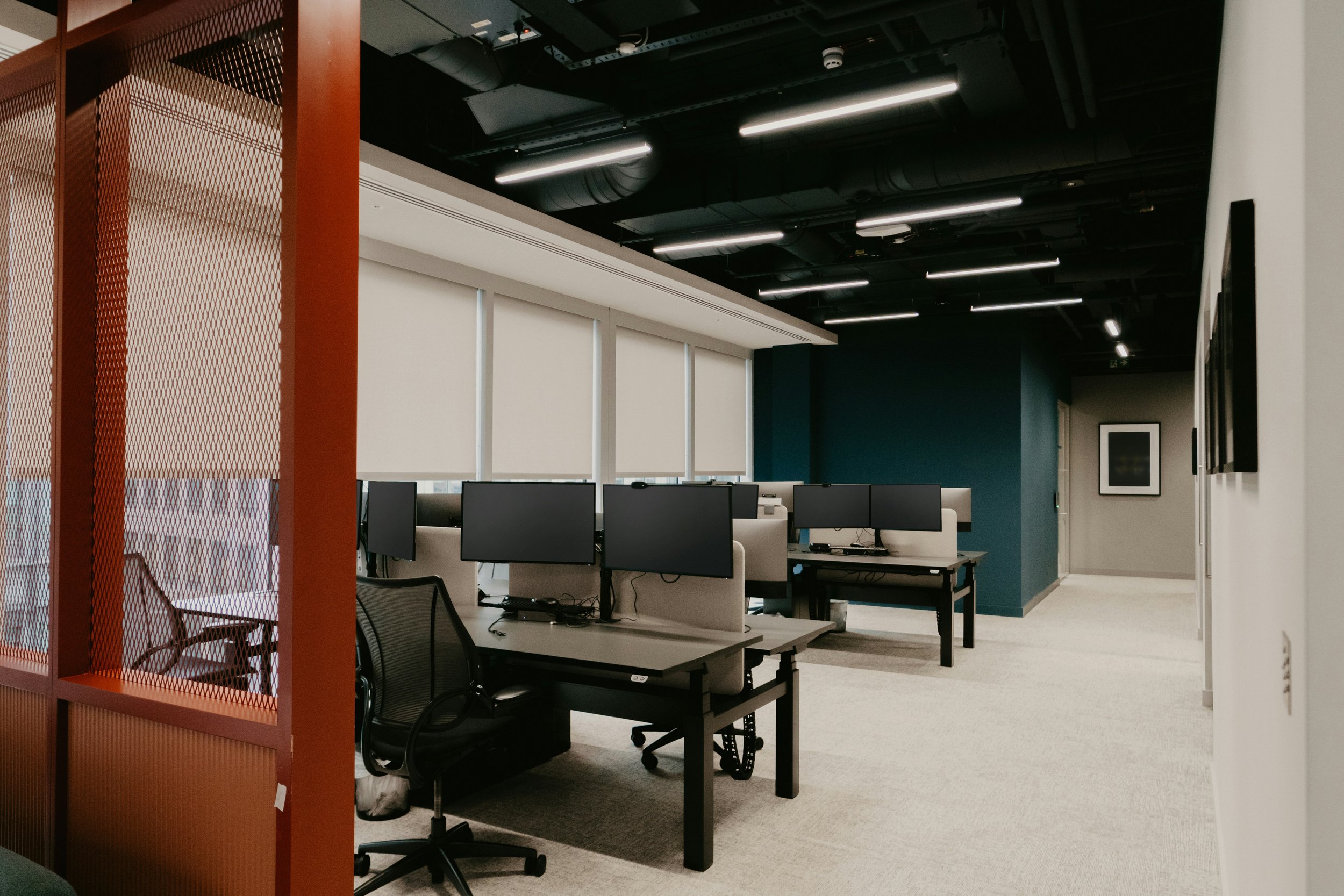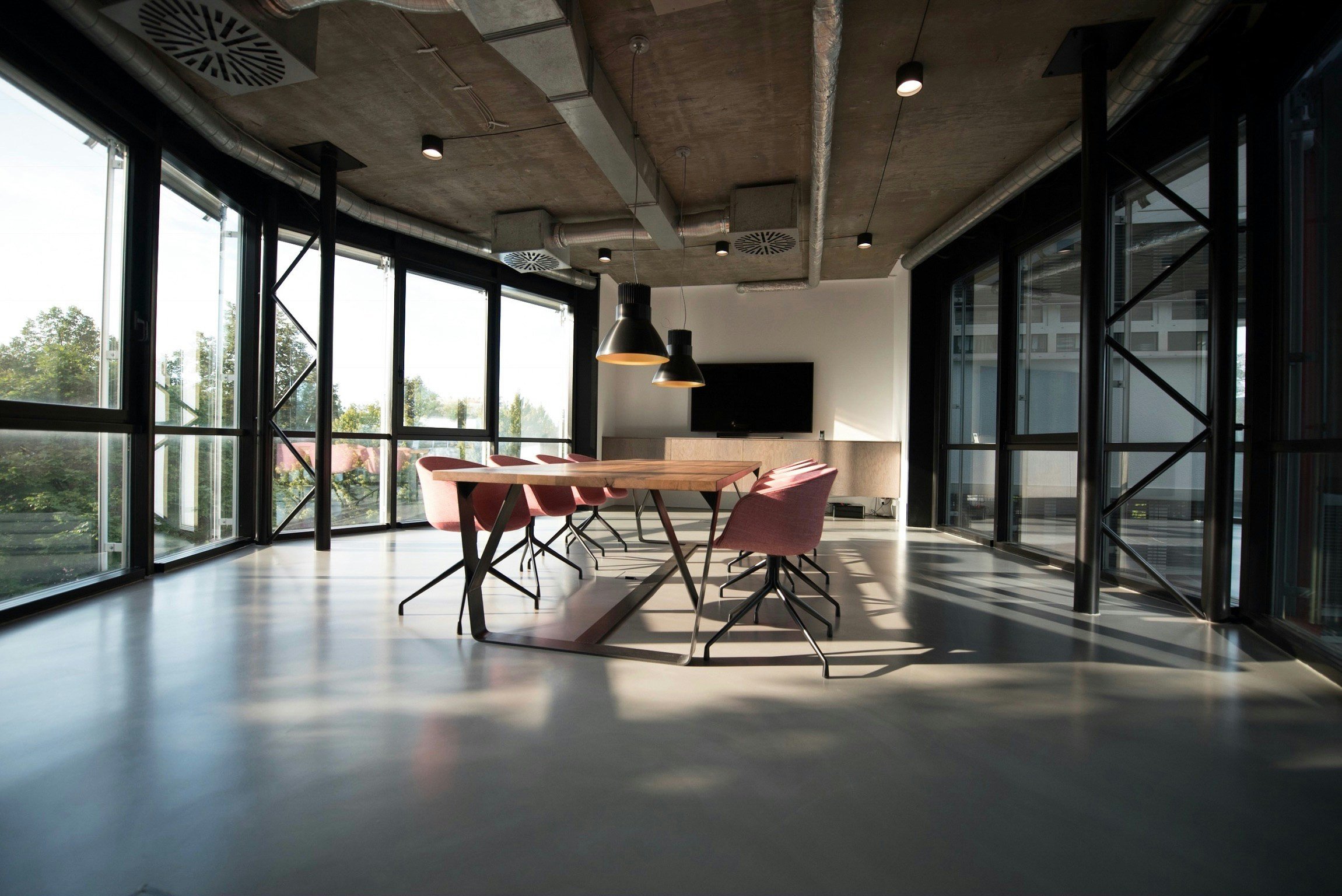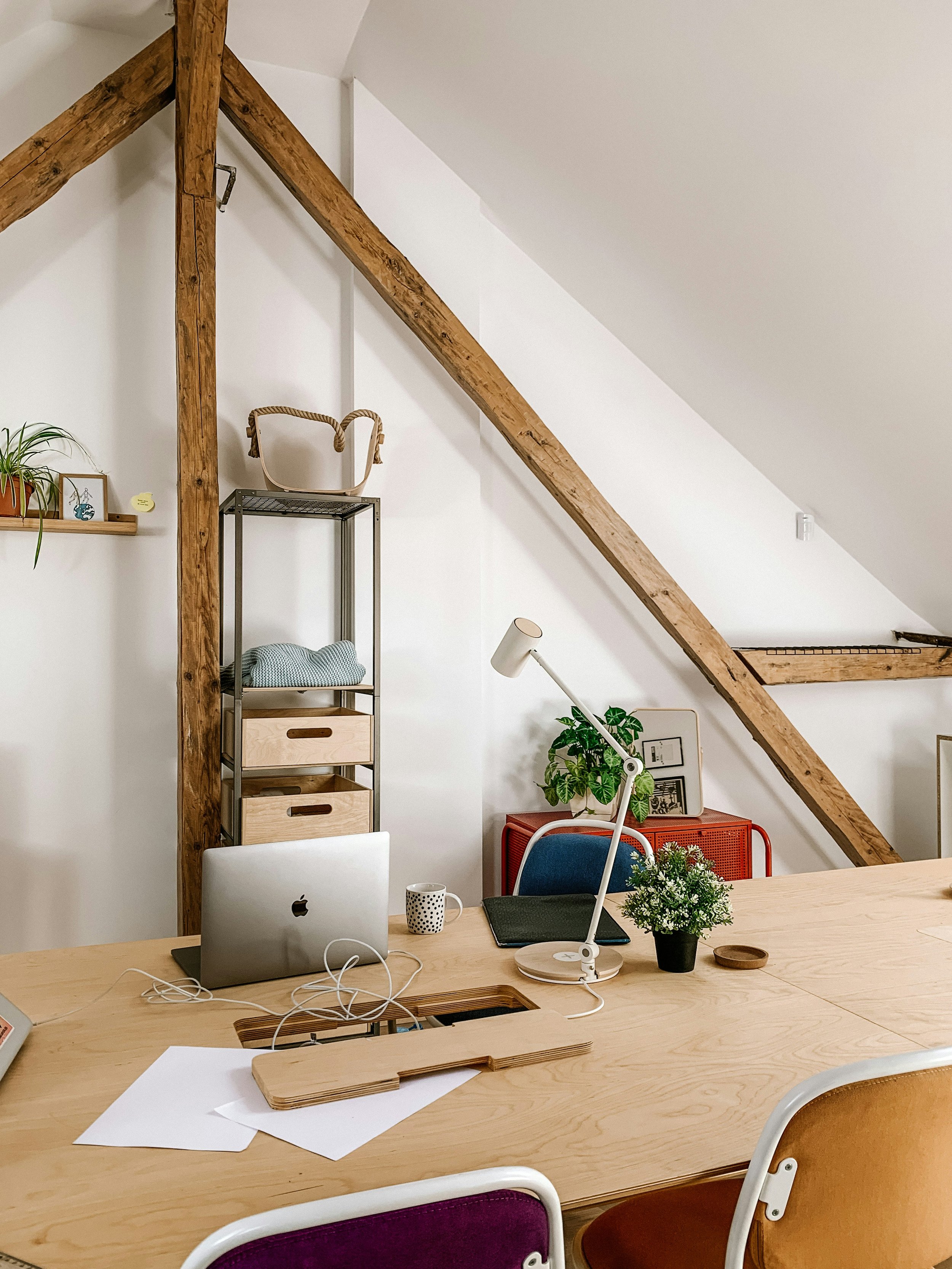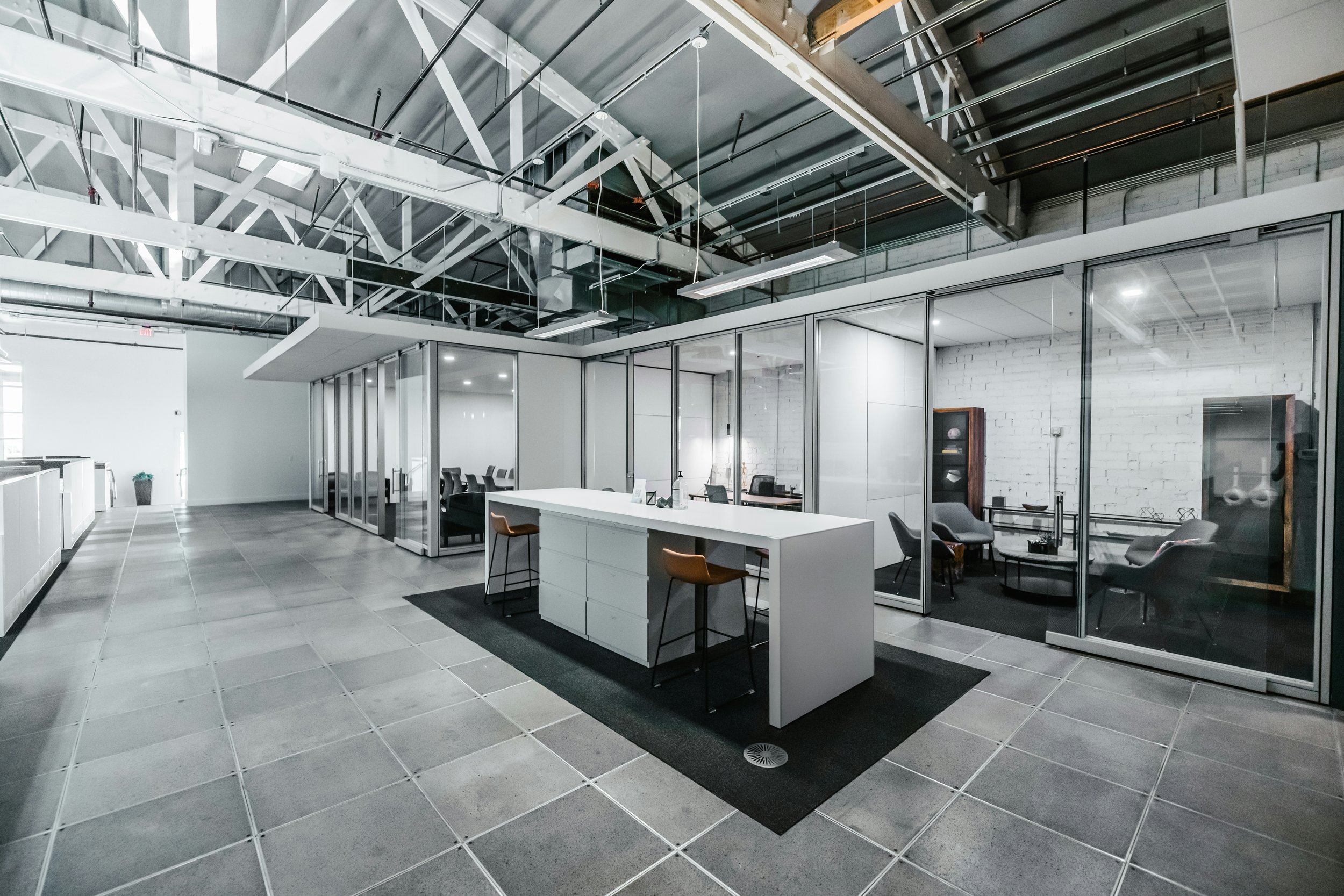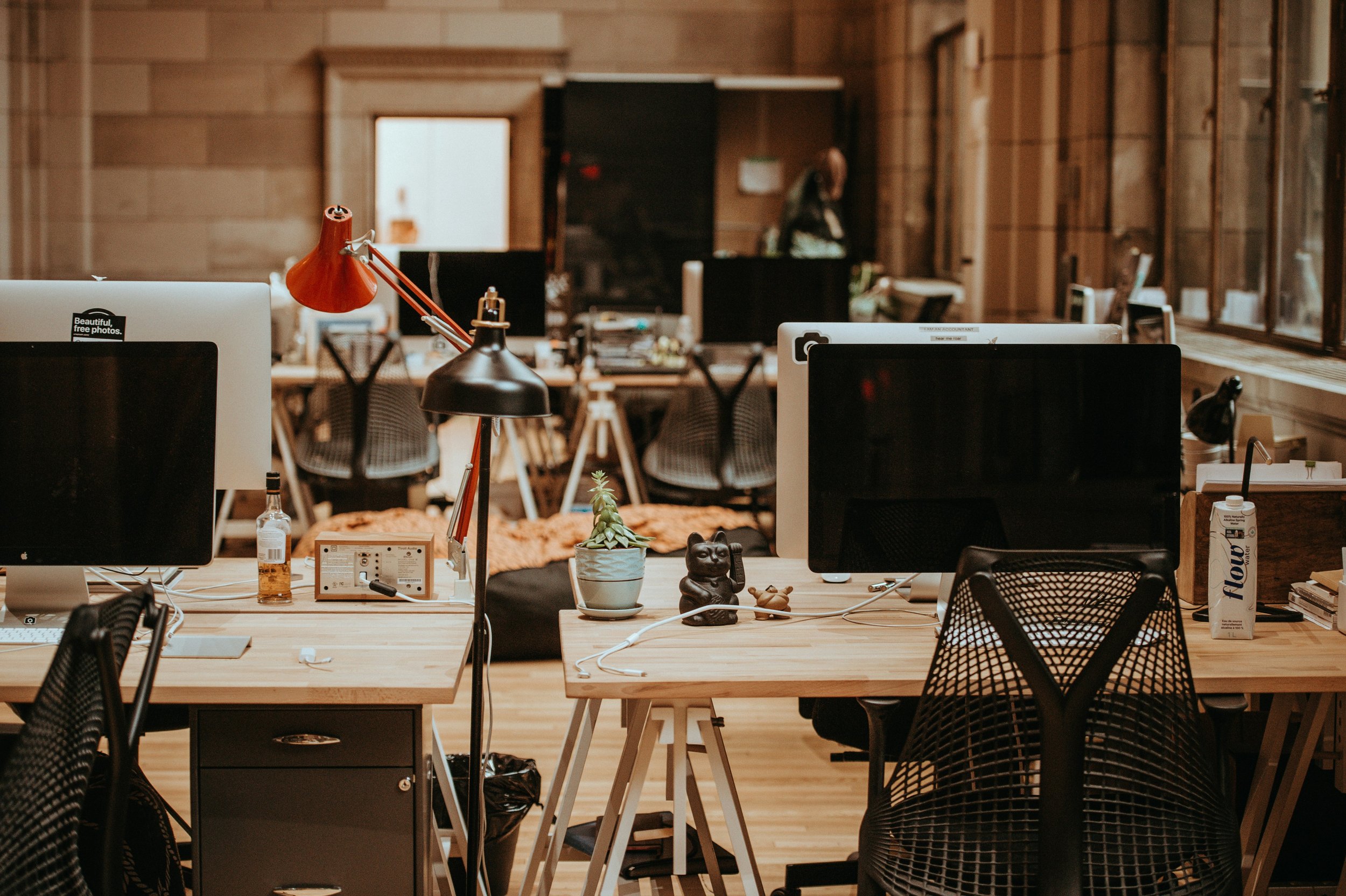Home Office Design Practical Tips: Create the Perfect Workspace
Design the ideal home office with practical tips that boost productivity, comfort, and style, making your workspace both functional and inspiring.
Creating a home office is more than just setting up a desk and a chair. It’s about crafting an environment where you can focus, be productive, and enjoy your time working. Whether you’re working remotely full-time, managing a side hustle, or simply organizing your personal tasks, your home office needs to be both functional and inviting. With the right office designer, you can transform a room or corner of your home into a workspace that not only supports your work but inspires you daily.
Here’s how to create a home office that balances comfort, style, and productivity. Let’s explore some essential tips and design principles that will help you create the perfect space for your needs.
Start with a Clear Idea of Purpose
Before you dive into choosing furniture or deciding on a color palette, it’s crucial to define the purpose of your home office. Consider your primary activities—are you primarily working on a computer, having video calls, writing, or designing? Think about how much space you need for each activity. For instance, if you need multiple screens, a larger desk will be necessary. If your work requires heavy reading or physical files, you might need more storage and a comfy chair for long sessions.
Equally important is identifying how much time you will be spending in your home office. Will it be an occasional workspace, or will you be working 8 hours a day, 5 days a week? This will affect not just your furniture choice, but also your décor and comfort preferences.
Choose the Right Location
Choosing the right spot for your home office is one of the most important decisions. Ideally, the location should be free from distractions and noise. If possible, opt for a room with natural light—it can have a significant positive impact on mood and productivity.
If your home doesn’t have an entire room to spare for your office, you can still create an effective workspace in a corner, spare bedroom, or even a dedicated nook. Ensure that the space you select is close enough to the rest of your home’s activity, but not so close that it disrupts your work. Privacy is key, so try to avoid high-traffic areas or rooms that are constantly in use.
Plan the Layout Thoughtfully
Once you've determined the location, the next step is to plan the layout of the space. The design of your office should complement how you work. Here are a few factors to consider when laying out your home office:
Desk Placement: The desk is the centerpiece of your home office. The placement of your desk is key to your comfort and productivity. If you have a view, place your desk near a window. But if natural light is too distracting or glare from the window is an issue, position your desk away from it. Many people find that facing the wall or a window is ideal for reducing distractions.
Seating: Whether you prefer an ergonomic office chair, a plush armchair, or a stylish lounge seat, your seating should support your posture and comfort. Invest in a chair that allows you to sit for long hours without causing discomfort, as this can affect your focus and productivity.
Flow and Traffic: Think about how you’ll move around in the space. Your office should allow easy access to storage, as well as a clear path for walking or moving between spaces. Make sure that your chair can swivel easily, and that there’s enough space for you to walk around without feeling cramped.
Prioritize Storage and Shelving
Effective storage is crucial for maintaining an organized and clutter-free workspace. Without adequate storage solutions, your desk will quickly become cluttered with papers, office supplies, and personal items. To avoid this, integrate smart storage into your home office design:
Shelving: Wall-mounted shelves or floating shelves are great for storing books, reference materials, and decorative items while keeping the floor space clear.
Filing Cabinets: A filing cabinet is an essential storage item if you need to store physical documents or files. You can choose a traditional filing cabinet or a more modern, stylish one that complements the overall aesthetic of your home office.
Storage Bins and Boxes: Keep miscellaneous office supplies like pens, sticky notes, and other small items organized in decorative boxes or bins that can easily be tucked away when not in use.
Don’t forget to consider your workflow. Organize your workspace by functionality. Your inbox should be close to your desk for easy access, while items you rarely need can be stored further away. This will help you maintain a tidy and productive workspace.
Incorporate Color and Style
Color plays a powerful role in shaping the mood of your home office. It can influence your emotions, energy levels, and even creativity. When designing your home office, consider using colors that inspire productivity and calmness, like blues, greens, and neutrals. However, feel free to add pops of color to make the space feel more personalized and inspiring. Here’s how:
Accent Walls: Paint one wall in a bold color or a soothing shade that contrasts with the rest of the room. This helps add depth and visual interest.
Decorative Accents: Introduce colorful items through accessories, like rugs, pillows, or artwork. A vibrant area rug can define your workspace, while a few framed paintings or inspirational posters on the walls can reflect your personality.
Mixing Styles: Combining different styles, such as modern furniture with vintage décor or industrial shelving with cozy textures, can make your home office feel unique and inviting. The goal is to strike the right balance between functionality and aesthetic appeal.
Invest in Good Lighting
Lighting is essential in any workspace, and a well-lit office can help improve both your focus and your mood. Ideally, your office should have a mix of natural and artificial light sources:
Natural Light: Position your desk near a window if possible to take advantage of natural light, which boosts your energy and keeps you alert.
Task Lighting: Desk lamps or adjustable task lighting are great for illuminating your workspace, especially if you’re working late or in dimly lit areas.
Ambient Lighting: Overhead lights or floor lamps can help create a comfortable atmosphere, particularly if your office is lacking in natural light.
Consider investing in lighting with adjustable brightness, especially if you tend to work at different times of the day.
Personalize the Space
Lastly, add personal touches that make your office feel like your own. Surround yourself with items that motivate you and reflect your personality, such as:
Family photos or personal artwork
Inspirational quotes or vision boards
Plants or small indoor gardens for a touch of nature
Comfortable pillows or throws to make your seating more inviting
Personalizing your workspace not only makes it more enjoyable to spend time in, but it can also help keep you motivated and focused.
Final Thoughts
Creating a home office that is both functional and inspiring takes careful planning, but it’s well worth the effort. By combining a well-thought-out layout, sufficient storage, and a splash of personal style, you can create a workspace that supports your productivity and enhances your work experience. Remember, the goal is to create a space that feels inviting, comfortable, and tailored to your unique needs. Whether you’re working from home full-time or simply organizing your personal tasks, your home office should be a place you love to spend time in.


